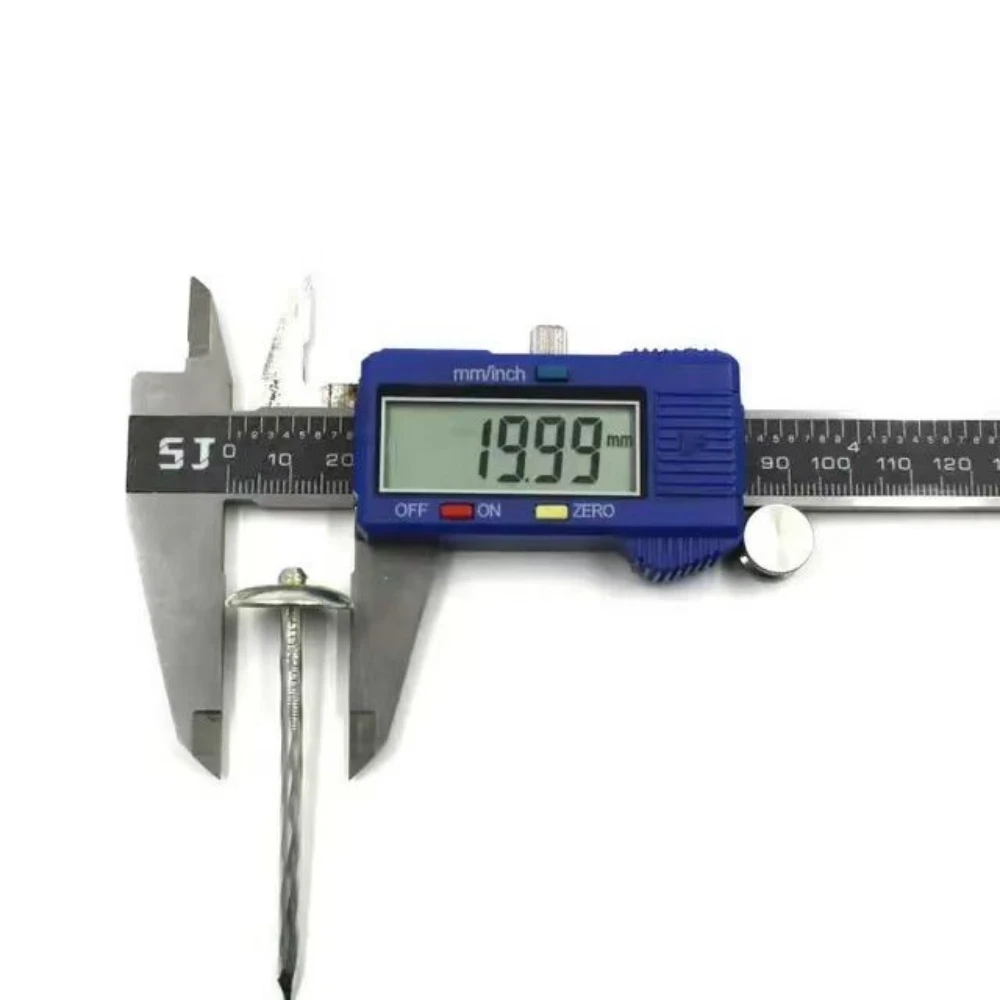Affordable Fencing Wire Mesh Price Durable & Competitive Pricing
- Factors impacting fencing wire mesh pricing structures
- Material science behind wire mesh fencing net durability
- Technical specifications affecting cost-performance ratio
- Global supplier cost analysis comparison
- Custom fabrication options and economic considerations
- Industry-specific implementation cost studies
- Strategic procurement for optimized value

(fencing wire mesh price)
Understanding Key Variables in Fencing Wire Mesh Price Structures
Several critical factors determine fencing wire mesh pricing in today's construction market. Material composition represents the primary cost driver, with galvanized steel grades varying 25-45% in base metal costs. Wire diameter directly influences material consumption – a 5% gauge increase elevates raw material expenses by approximately 18%. Mesh configuration complexities impact manufacturing efficiency; hexagonal patterns require 30% more labor than basic square patterns. Protective coatings add $0.65-$3.75/m², while specialized polymer treatments can double the wire mesh fencing price versus untreated alternatives. Market volatility shows steel prices fluctuate up to 22% quarterly, necessitating strategic purchasing timing.
Material Composition and Manufacturing Science
The durability-cost equation fundamentally depends on metallurgical engineering principles. High-tensile low-carbon steel (350-550 MPa yield strength) maintains structural integrity while reducing required material volume by 15-20% versus standard grades. Continuous hot-dip galvanization (zinc coating 70-275 g/m²) extends service life beyond 25 years in corrosive environments. Electrostatic powder coating adds $1.20-$2.85/m² but provides color stability and enhanced UV resistance critical for architectural applications. Production automation reduces labor costs by 40% in modern facilities, though specialized welding techniques for reinforced border wires can increase fabrication expenses by 15%.
Performance Engineering and Value Metrics
Technical enhancements create measurable return on investment despite influencing initial wire mesh fencing net price. Compression-strengthened wires exhibit 60% greater rigidity than standard equivalents, enabling wider span installations that reduce post requirements by 30%. Diamond-pattern reinforcement increases impact resistance by 400% in security applications. Corrosion-resistance treatments extend maintenance cycles from 3 to 10 years, lowering lifetime ownership costs by 35-55%. Manufacturing certifications like ISO 1461 ensure coating consistency, directly correlating to long-term performance stability that justifies premium pricing tiers.
Global Supplier Economic Comparison
| Specification | European Mills | Asian Producers | North American | Domestic Fabricators |
|---|---|---|---|---|
| Base Material Cost | $1.85/kg | $1.35/kg | $2.10/kg | $2.35/kg |
| Galvanization Standard | EN 10244-2 (min 70g/m²) | Custom specification | ASTM A123 (min 80g/m²) | ASTM A123 (min 90g/m²) |
| Production Volume Efficiency | 7,500m²/day | 22,000m²/day | 5,200m²/day | 1,800m²/day |
| Customization Premium | 15-25% | 12-40% (variable) | 18-30% | 22-35% |
| Transit Expenses | $0.85/m² | $2.10/m² | $0.40/m² | Included |
Customization Economics and Budget Strategy
Tailored solutions impact fencing wire mesh pricing through geometric complexity variables. Compound curvature fabrication requires specialized press equipment, increasing production costs by 30-55% over standard flat panels. Aperture modifications below 50mm raise material usage by 28% while exceeding 100mm reduces structural integrity, necessitating gauge increases. Border reinforcements add $4.25-$8.50/linear meter but extend installation lifespan by 8-12 years. Strategic standardization achieves optimal balance – modifying only critical dimensions rather than full custom designs can maintain 85% of performance benefits while limiting cost premiums to 18%.
Industry Implementation Economic Models
Infrastructure applications demonstrate lifecycle economics where fencing wire mesh price
represents only 28-35% of total implementation expenses. Highway projects show standardized 2.4m panels with vinyl coating achieve $0.55/m² annual maintenance savings versus uncoated alternatives. Agricultural containment installations utilizing 90mm hexagonal mesh demonstrate 19-year effective service life without replacement, yielding 15.3% IRR over decades. Security installations with 6mm reinforced wires require up to 42% higher initial investment but reduce breach remediation expenses by 300% in critical facilities. Commercial perimeter systems incorporating visual deterrent designs realize 8.7-year payback periods through reduced surveillance requirements.
Optimizing Value in Fencing Wire Mesh Price Acquisition
Procurement strategy significantly influences realized wire mesh fencing net price effectiveness. Volume commitments of 5,000m²+ typically secure 18-25% discount structures through mill-direct purchasing. Seasonal timing analysis reveals February-April negotiations capture pre-construction cycle pricing advantages averaging 12% below peak summer rates. Technical specification refinement prevents cost inflation – precise definition of zinc coating requirements avoids unnecessary 400g/m² premium solutions where 150g/m² satisfies environmental conditions. Project phasing allows economical scaling; initial 70% coverage with strategic expansion prevents underutilization. Third-party certification verification ensures long-term value retention independent of initial fencing wire mesh price negotiations.

(fencing wire mesh price)
FAQS on fencing wire mesh price
Q: What factors influence the cost of wire mesh fencing?
A: The price depends on material (galvanized, PVC-coated), mesh size, wire gauge, and quantity. Additional costs may include shipping and installation fees. Bulk orders often reduce the per-unit cost.
Q: How does galvanized wire mesh fencing price compare to PVC-coated options?
A: Galvanized wire mesh is generally cheaper due to basic corrosion resistance. PVC-coated mesh costs 20-40% more for enhanced durability and aesthetics. Choose based on climate and budget.
Q: Does wire mesh fencing price include installation?
A: Most suppliers quote material-only pricing. Professional installation adds $3-$8 per linear foot. DIY installation can save labor costs but requires tools and time.
Q: Why do wire mesh fencing net prices vary by region?
A: Regional steel prices and transportation logistics impact costs. Areas with local manufacturers often have lower prices. Import tariffs may affect prices in certain countries.
Q: What is the typical price range for 1-acre wire mesh fencing?
A: For standard 6-foot height, expect $1,500-$4,500 depending on wire thickness. High-security options with thicker gauges may exceed $6,000. Prices exclude gates or specialized features.
-
Space-Saving Chain Fence Hacks Vertical Gardening with Cyclone MeshNewsJul.16,2025
-
Innovations in Iron Nail Wire Production for Modern ConstructionNewsJul.16,2025
-
Creative Uses of Wire Netting Fence in Modern Landscape DesignNewsJul.16,2025
-
Barbed Wire Fence Innovations in Anti-Climb TechnologyNewsJul.16,2025
-
Architectural Uses of Umbrella Nails for Aesthetic Roof DesignsNewsJul.16,2025
-
Architectural Uses of Razor Barbed Wire in Secure Urban DesignNewsJul.16,2025




